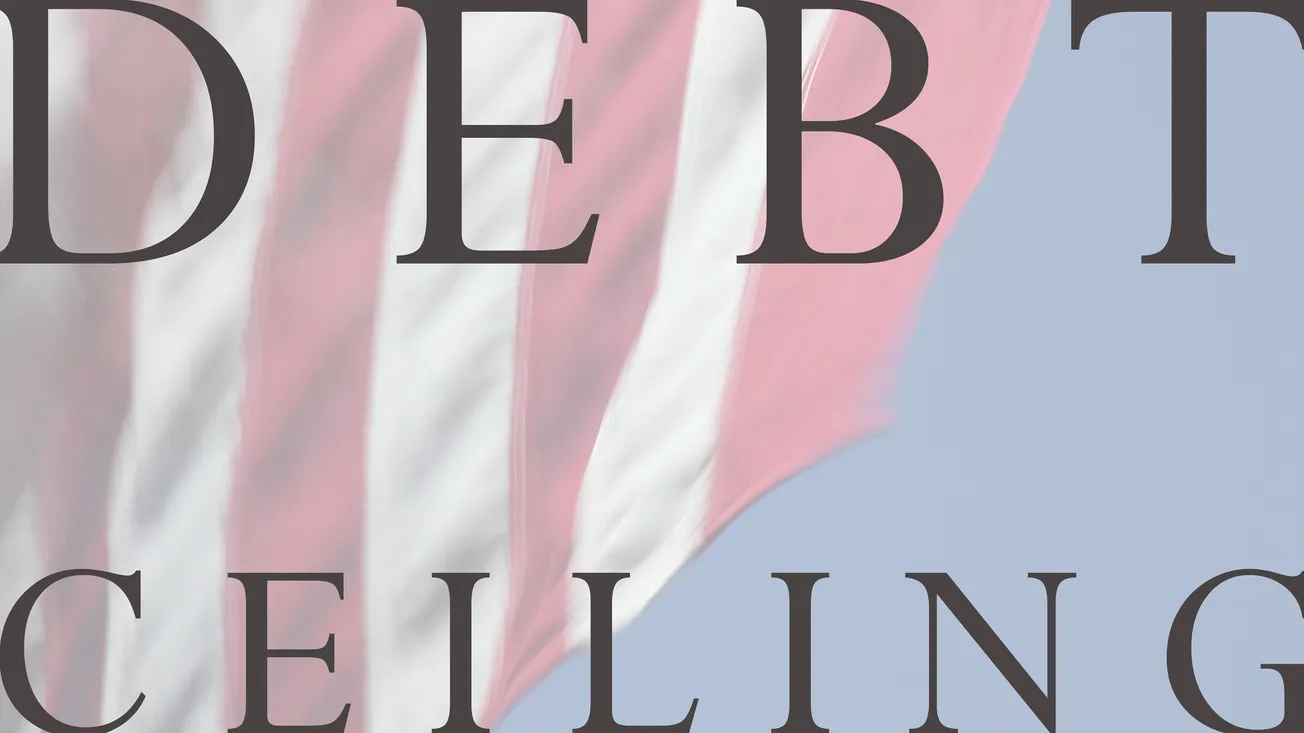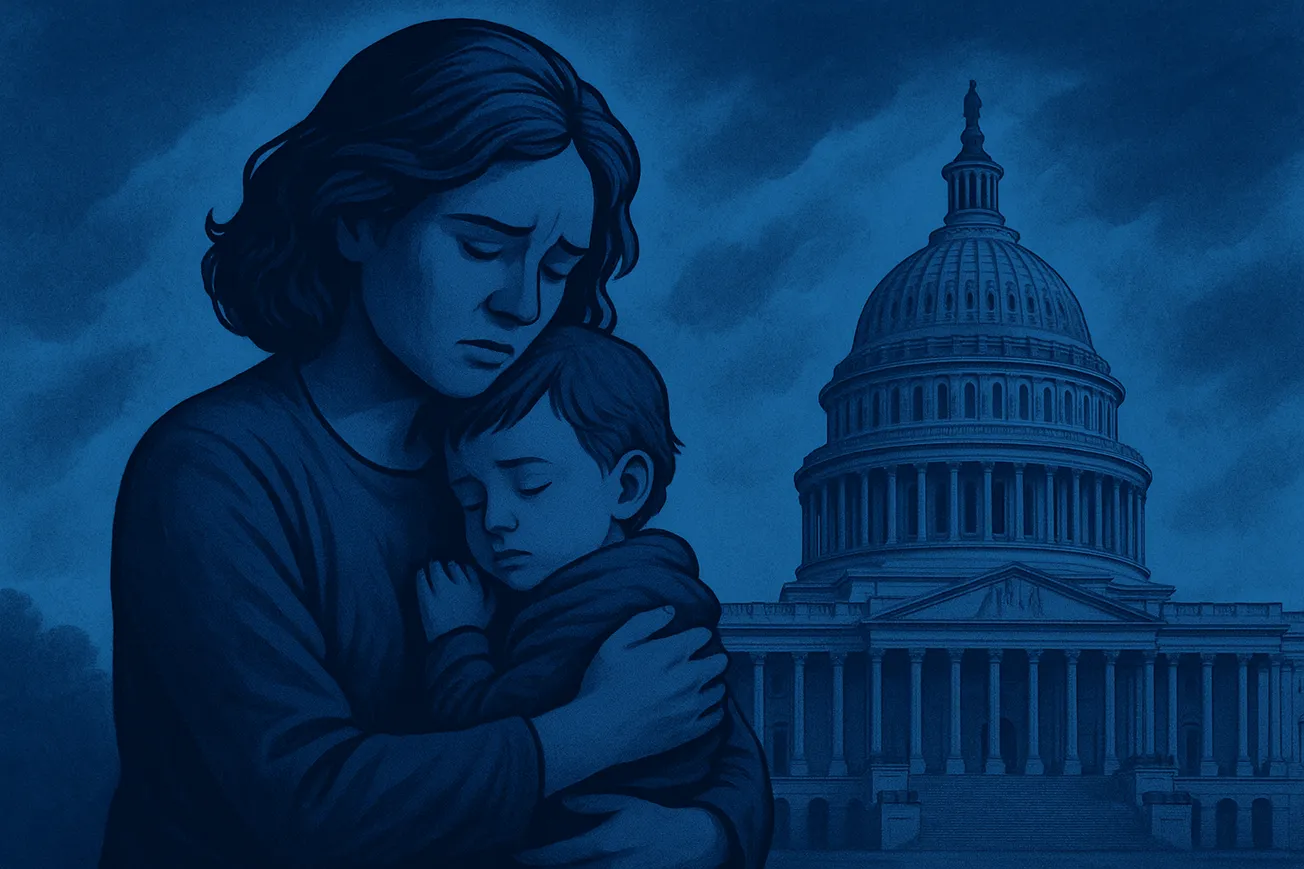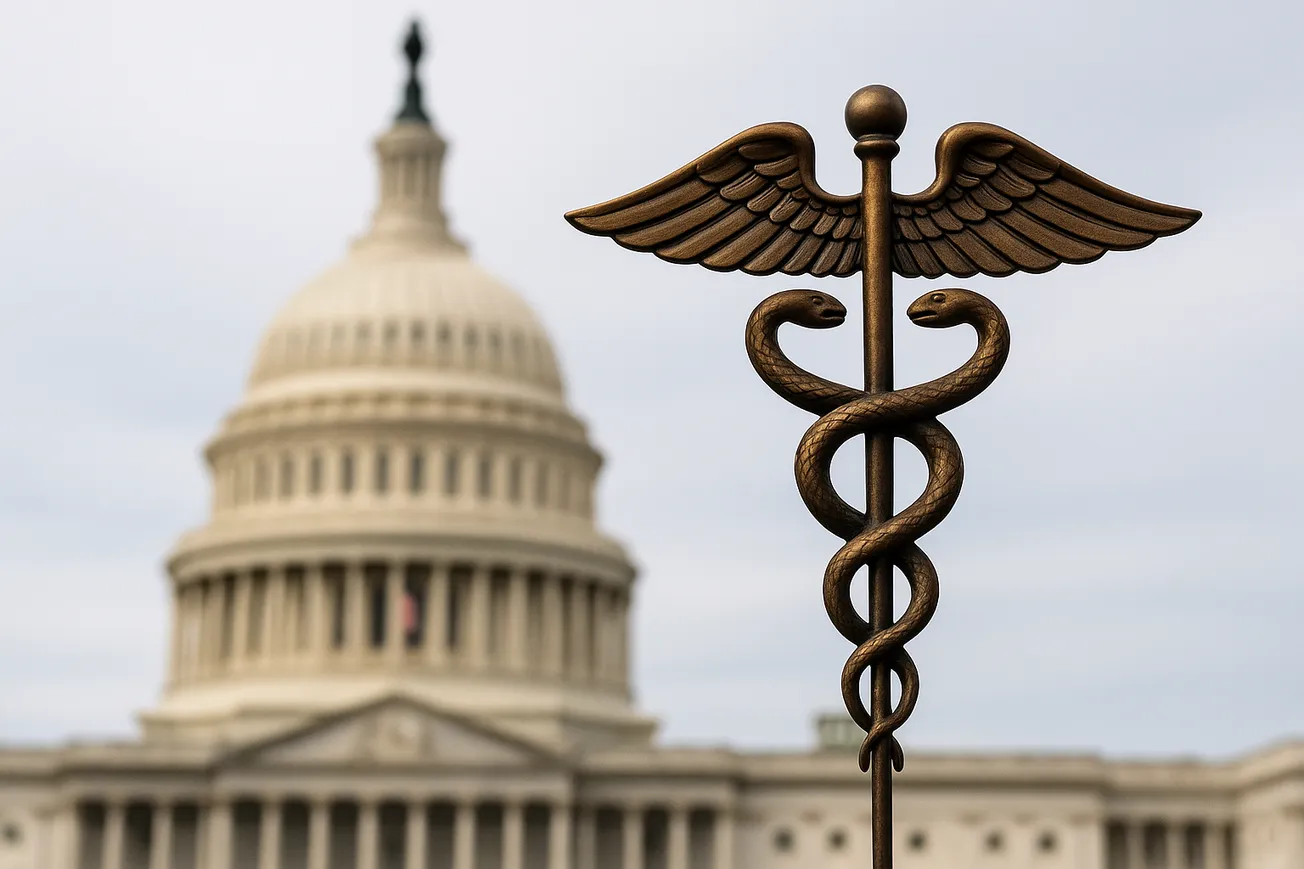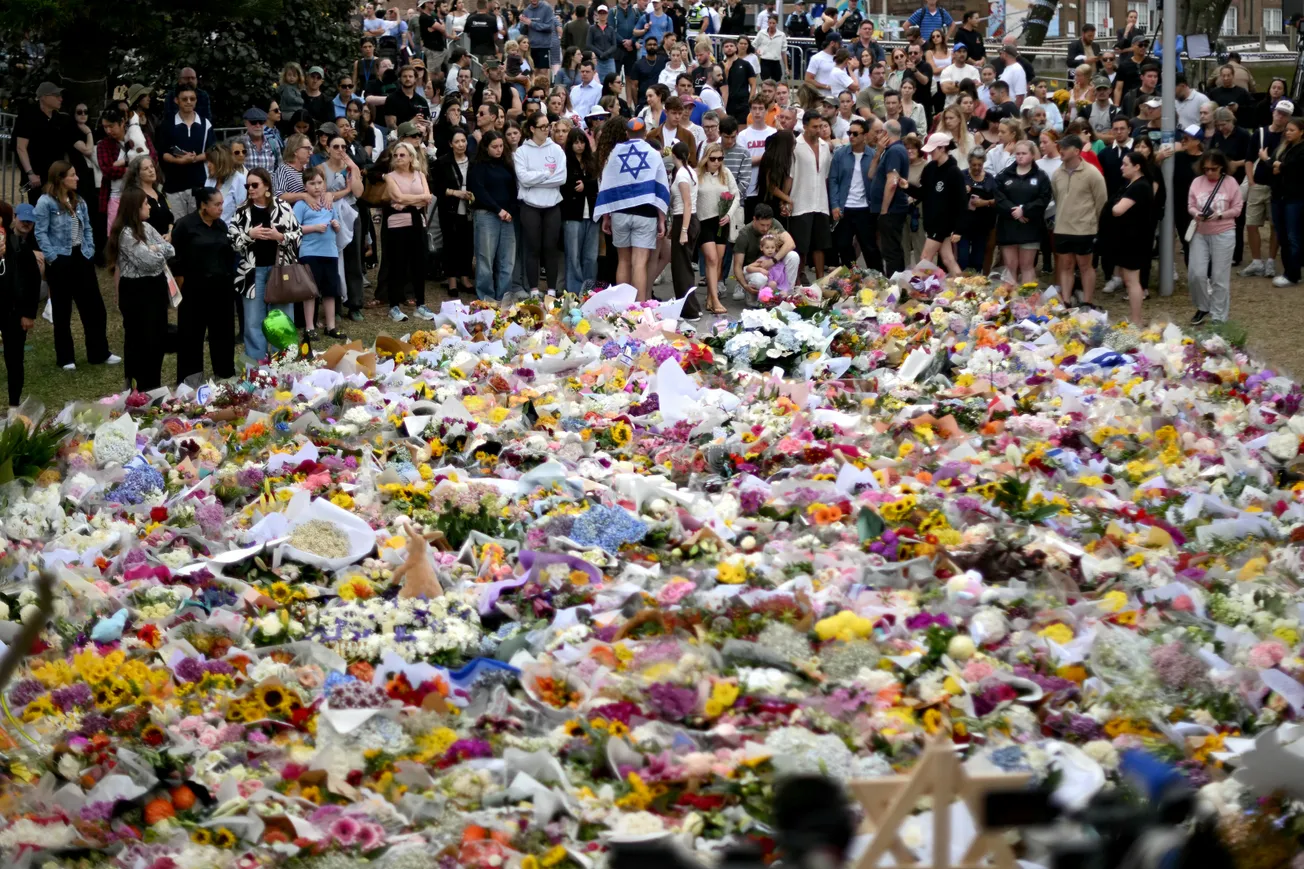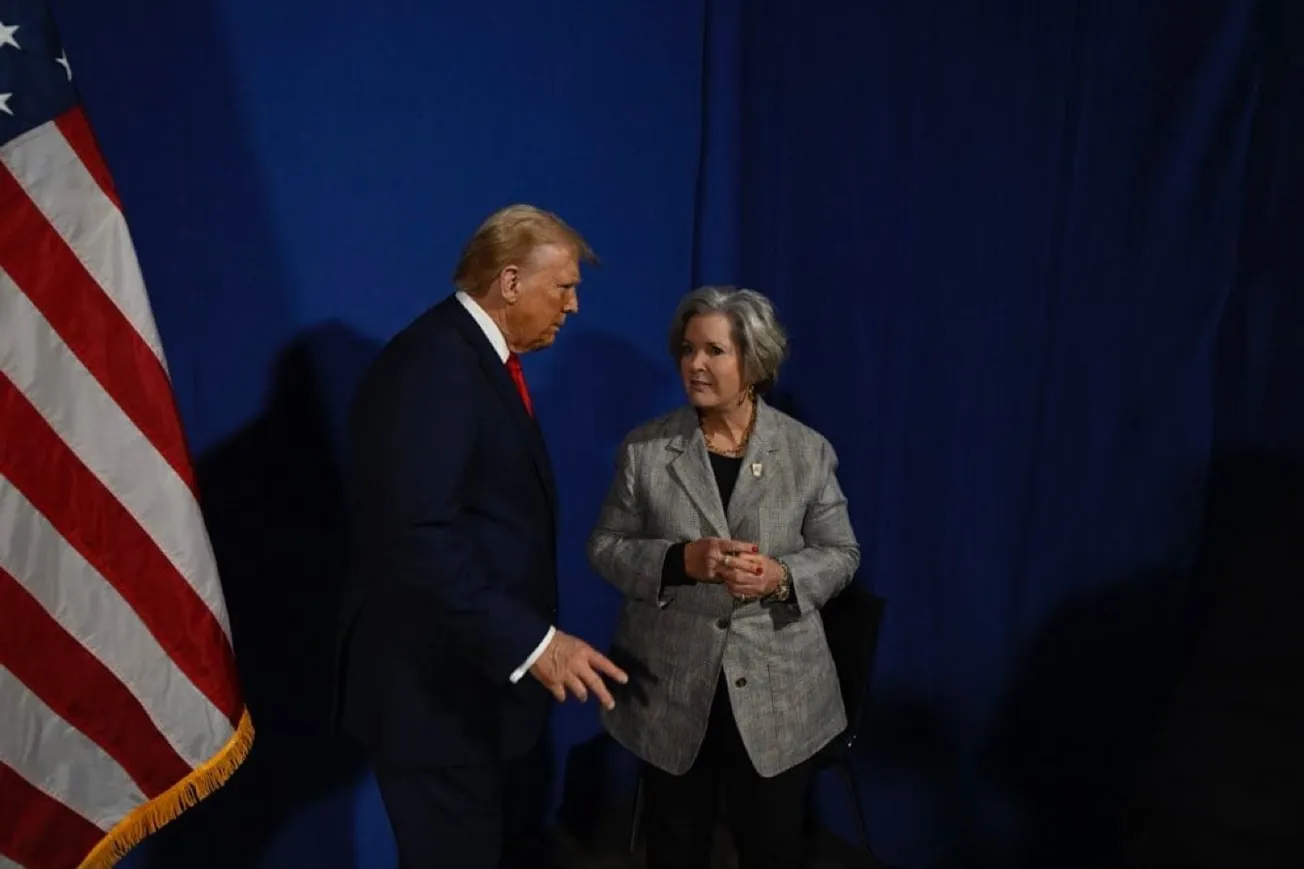Late Wednesday, the House passed an agreement to raise the debt ceiling in exchange for a few micro changes in spending. But despite all the (wildly exaggerated) warnings about a default, complaints from both sides about the terms of the deal, and what no doubt will be celebrations in the White House for getting a deal done – this fight has always been a sideshow. It’s the debt itself that poses the real and immediate crisis. And this debt ceiling bill does absolutely nothing to address that.
In other words, it’s business as usual in Washington, and anyone celebrating this agreement should be run out of town on a rail.
Here’s what the country faces today.
Interest payments are exploding: Thanks to unprecedented spending during COVID, not only does the government owe interest on $3 trillion more debt than it did when Joe Biden took office, interest rates are going up thanks to the inflation that all that reckless spending sparked. The chart below shows the shocking trend. In just the past year, quarterly federal interest payments shot up 54%.

This year, net interest on the national debt will top $663 billion, according to the Congressional Budget Office. In five years, interest payments will top $1 trillion. In a decade, interest on the debt will exceed the projected Defense Department budget by 30%.
As a share of GDP, net interest payments are on track to nearly double the historic average in just a few years. Worse, given the massive annual deficits, all of these interest payments are – in effect – being paid for with borrowed money.
The debt is skyrocketing: Out-of-control spending combined with exploding interest payments, will, in turn, add to the already mountainous federal debt. By next year, the debt held by the public will equal the entire GDP, according to the CBO. The only time that happened before was during World War II.
But unlike then, the debt will keep piling up. In just the next six years, we are on track to add $10 trillion, and another $10 trillion just four years after that.
This assumes there’s no recession between now and then, even as recession storm clouds gather. And this doesn’t count the unfunded liabilities the government has been racking up through programs such as Social Security and Medicare. Today, this “intergovernmental debt” stands at nearly $7 trillion.
Social Security and Medicare deficits are ballooning: This year, Social Security will run a deficit of $119 billion. That’s the difference between what the program takes in through payroll taxes and pays out in benefits. To make up the difference, it draws from its so-called Trust Fund, which just means it cashes in bonds the government paid to itself. Either way, it’s adding to the federal deficit each year.
So, too, will Medicare starting in 2025. Combined, the two programs will soon be running annual deficits totaling half a trillion dollars.
At its best, the debt ceiling bill that House Republicans passed earlier this year barely addressed these calamities. It did nothing with entitlements, only slowed spending growth, and wouldn’t have produced a balanced budget anywhere down the road.
And that plan was always a bit of a pipe dream, given that Republicans held only a slim majority in the House, with Democrats controlling the Senate and the White House. But even Republicans are unwilling to talk about reforming entitlements. During his State of the Union speech, Biden essentially got Republicans on record as defending Social Security and Medicare. And Donald Trump is hammering away at Ron DeSantis for supposedly wanting to cut these programs.
So, we hope the Washington crowd enjoys its little celebration over the debt ceiling deal. Because while it might have plugged a leak in this little tub, the Hoover Dam is about to collapse behind it.
— Written by the I&I Editorial Board

